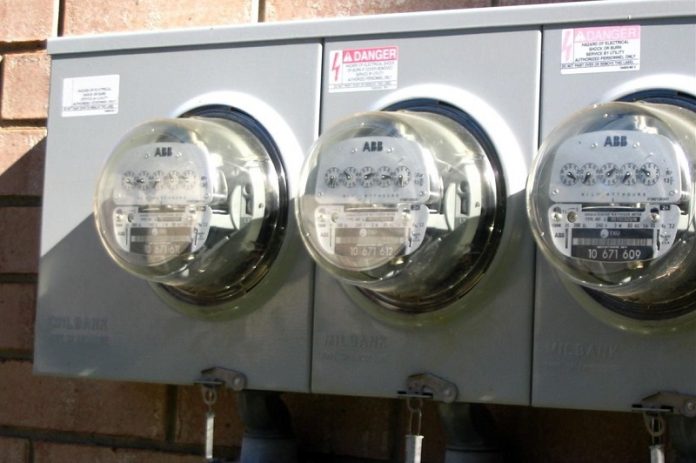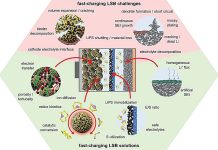
The state of California spends about $1 billion per year on programs that subsidize the installation of energy-efficient appliances, from lightbulbs to whole-house retrofits.
But the programs have a serious problem: Most of them haven’t resulted in any energy savings, and many have actually led to increased energy consumption.
The findings, based on an extensive analysis of data from Southern California customers, are from a UCLA-led study published in the Journal of the Association of Environmental and Resource Economists.
The study examined 24 programs in the area served by SoCal Edison that provide financial incentives to consumers for upgrading their appliances and making other home improvements aimed reducing energy usage.
Some were successful: Incentives for pool pump upgrades resulted in 12.7% energy savings and a program for efficient refrigerators led to 6.2% energy savings, for example.
But others yielded only negligible savings or none at all. And the majority of the programs, including those for household appliances such as washers and driers, led to increases in energy use.
“Not all energy-efficient upgrades or programs are the same,” said Magali Delmas, a UCLA environmental economist and co-author of the paper. “Some are better than others and some don’t provide any benefits.”
UCLA’s Stephanie Pincetl, another co-author, said part of the problem may be due to the Jevons paradox, a phenomenon that occurs when a technological advance or government policy improves the efficiency of how a resource is used but leads to an increase in consumption as a direct result of that efficiency gain.
“People think they can increase consumption without increasing their bills, so they use more,” said Pincetl, who is director of the California Center for Sustainable Communities at UCLA.
For example, a homeowner with a new, energy-efficient dishwasher might be more likely to run the appliance when it is only half full, rationalizing that it’s still saving energy.
Or consumers might use the subsidies to buy appliances that, while more efficient, still use more power than their older machines, or to help pay for home additions that ultimately use even more electricity — canceling the energy-saving benefits.
The paper also found that the actual energy savings generated by energy-efficient appliances fall short of their manufacturers’ estimates, which are the figures the state uses to plan the incentive programs.
“The engineering estimates tend to rely on the technical capability of the appliance rather than how people use it,” Delmas said. “The human behavior part of the equation is really important.”
The researchers also found that energy-saving programs like the ones they studied are most widely adopted by people with newer homes and those in wealthier neighborhoods.
That suggests that lower-income Californians have been limited in participating in the programs in part because of the complexity of applying for subsidies, and in part because the programs require customers to lay out money for their purchases before they are eligible to receive rebates.
For the study, researchers analyzed electricity billing records from 2010 to 2015 of more than 11 million households in Southern California, along with data from the UCLA Energy Atlas, an online tool developed by Pincetl and other UCLA researchers to help policymakers, businesses and residents make better-informed decisions about energy use and policies.
The atlas combines energy use data with information about building size, age and type, location, demographics and more into an interactive map that covers most of Southern California.
California has a goal of reducing greenhouse gas emissions to 40% below 1990 levels by 2030, and making homes more energy efficient is considered essential to reaching that target. Homes account for a large percentage of overall emissions — up to 40% in the state’s urban areas.
The paper recommends ways to improve the programs, such as making them accessible for renters and disadvantaged communities, which tend to have older, less energy-efficient buildings.
The policies should also be based on actual usage statistics, like those included in the new study, rather than engineering estimates.
However, officials should also consider completely new approaches, such as subsidizing retrofits of rental buildings for free, Pincetl said, adding that such strategies could be politically challenging.
“We can’t pretend that any of this is going to be easy,” Pincetl said. “But that doesn’t mean we shouldn’t be doing it.”
Written by David Colgan.



